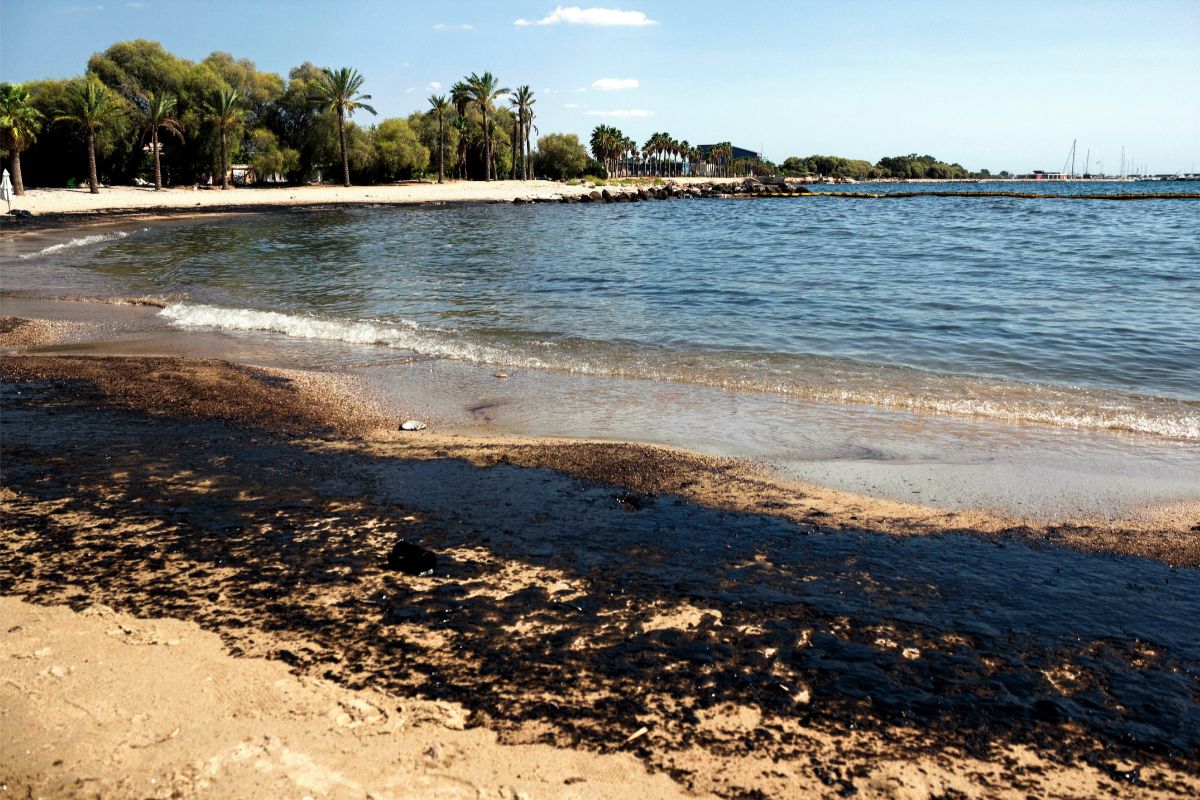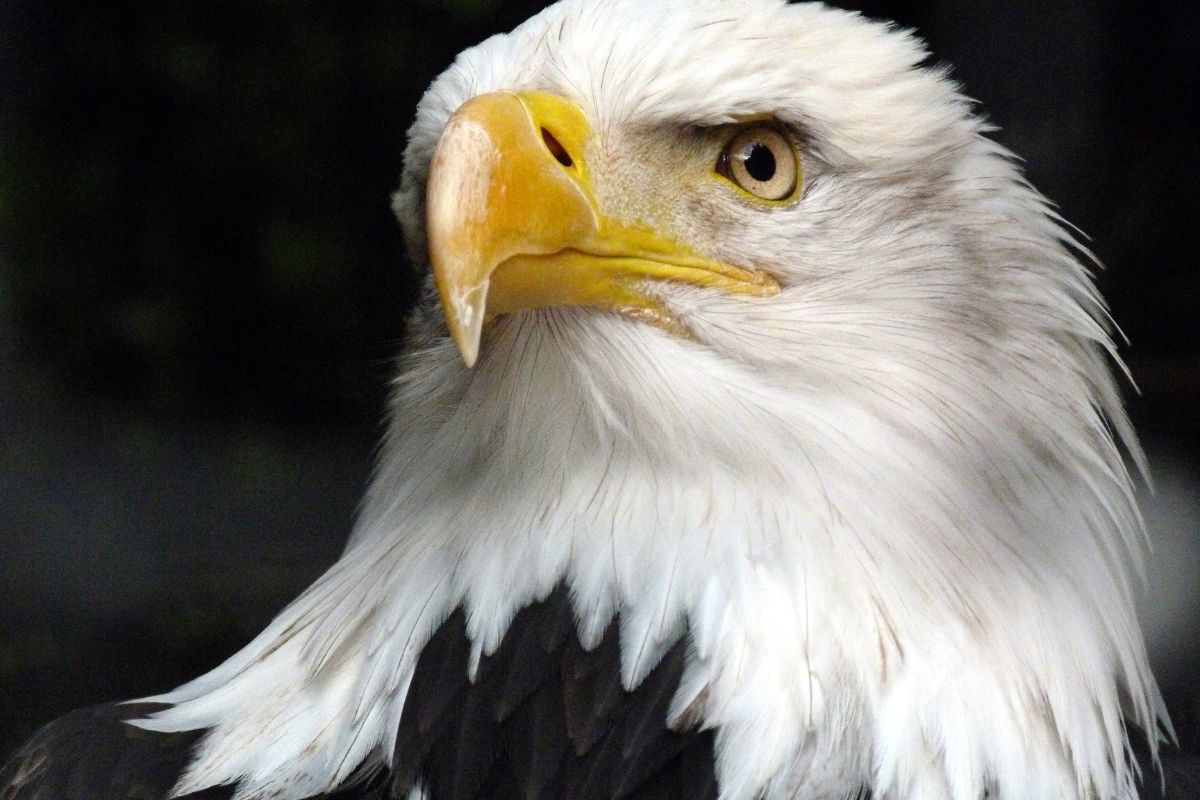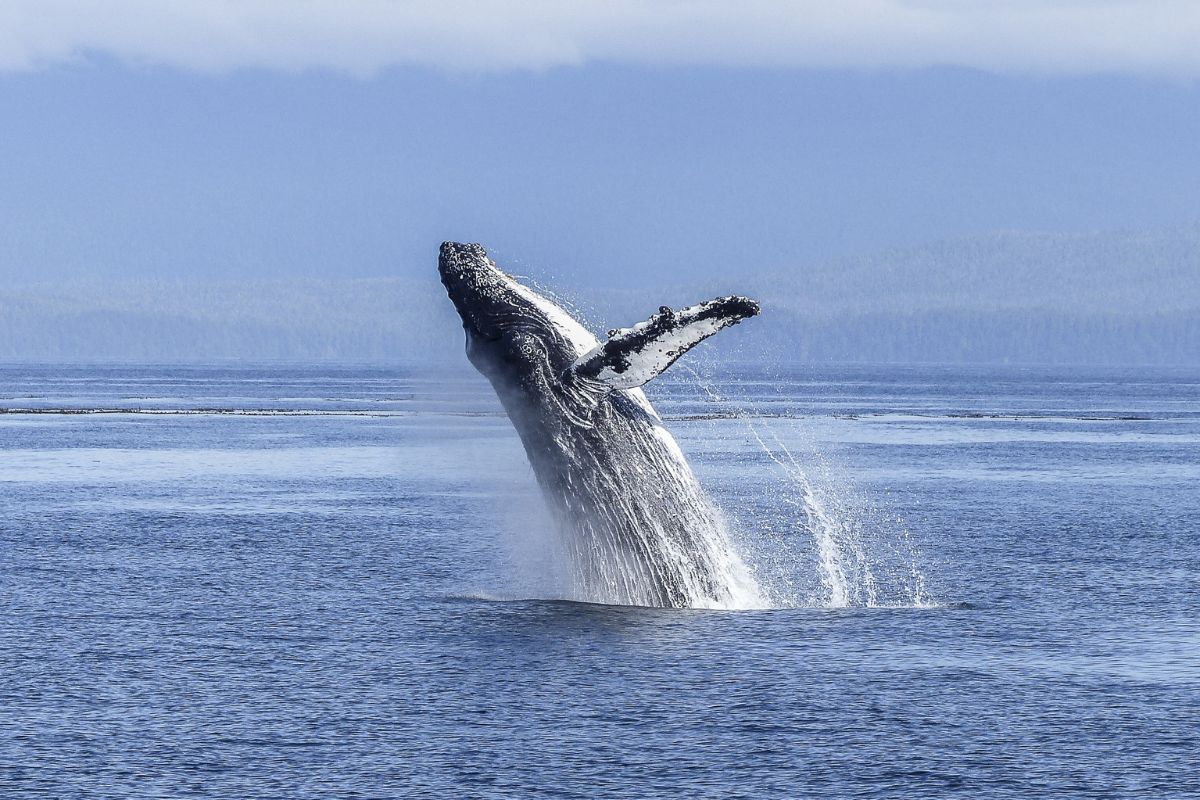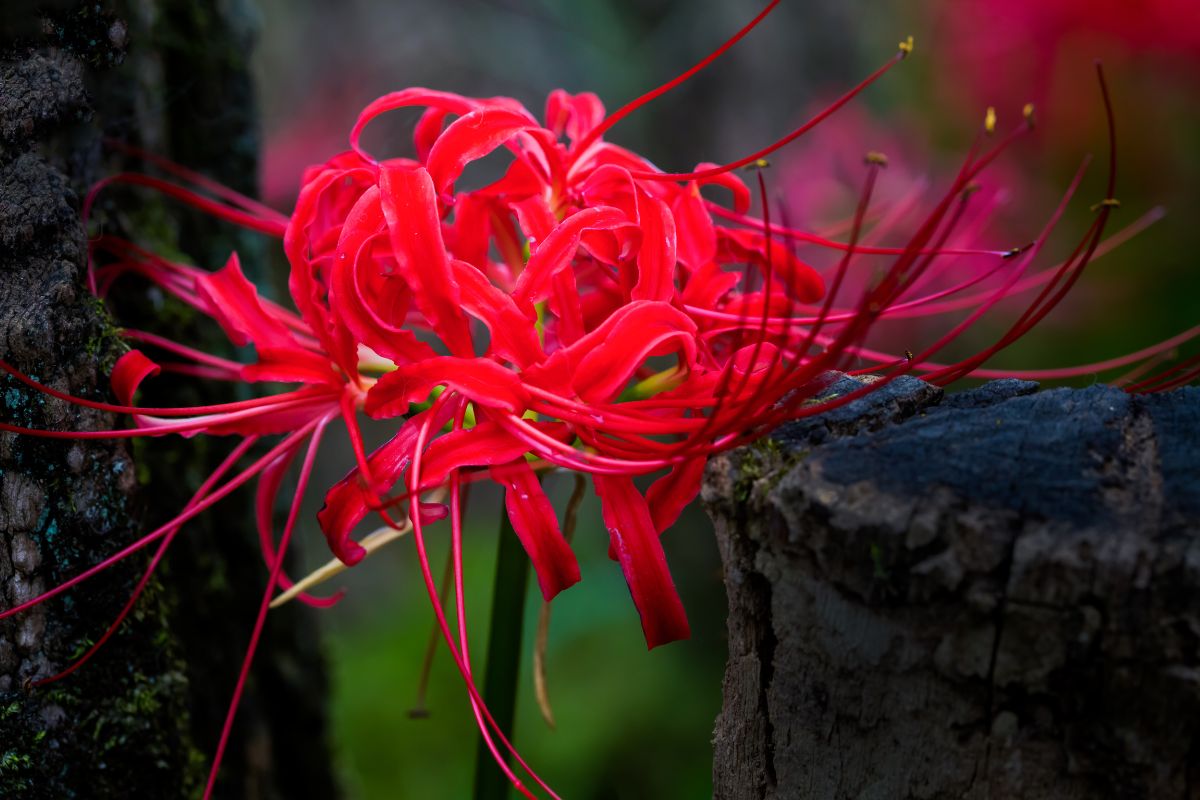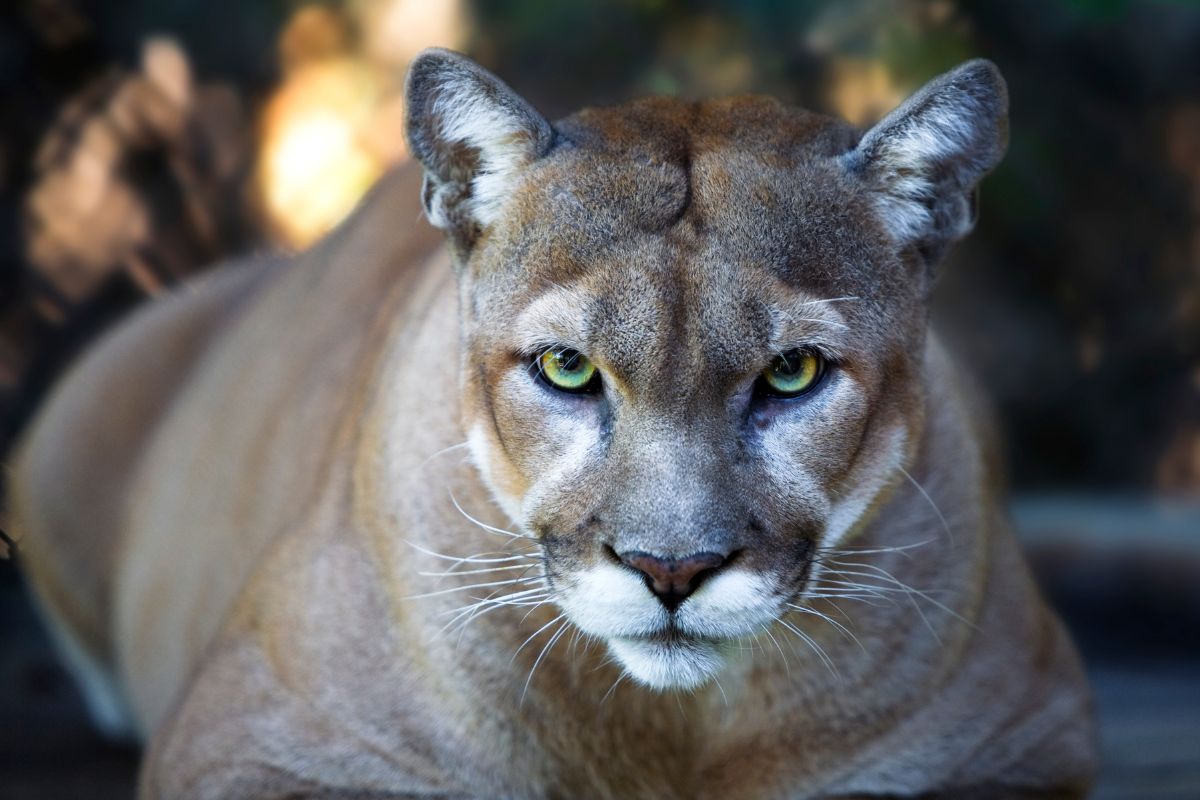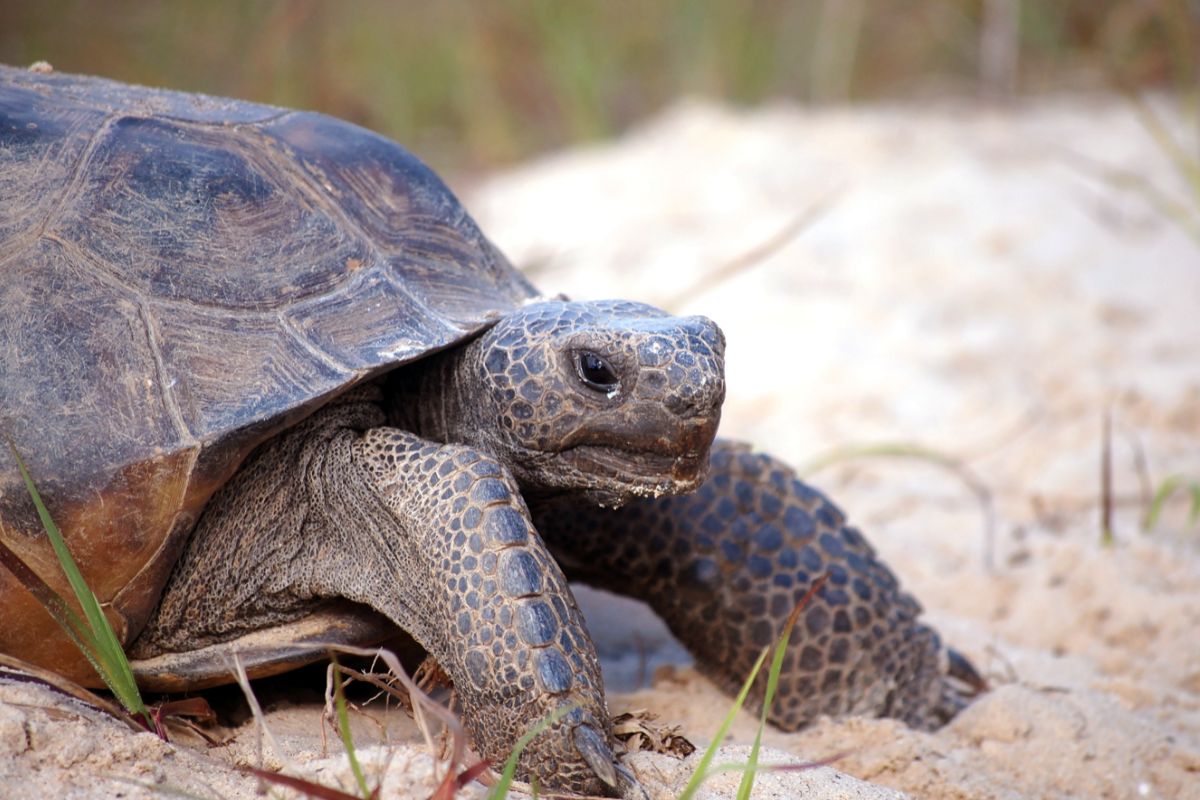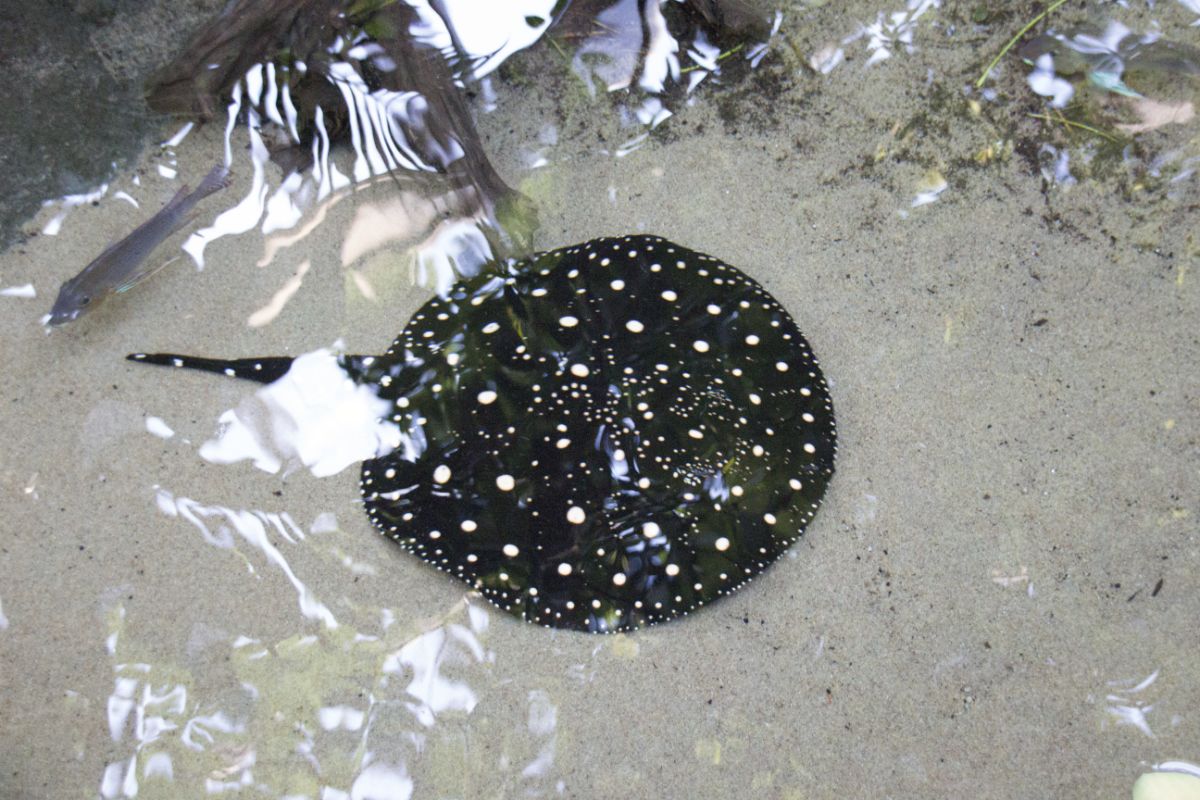It’s no shock to anyone that habitats are being destroyed all over the world. Unfortunately, this is a common occurrence, and it’s become incredibly normalized.
In Texas, there are many animal species suffering endangerment thanks to habitat loss and destruction. Thanks to land clearings, roads, and even oil drilling, there’s no shortage of destruction and loss of natural habitat.
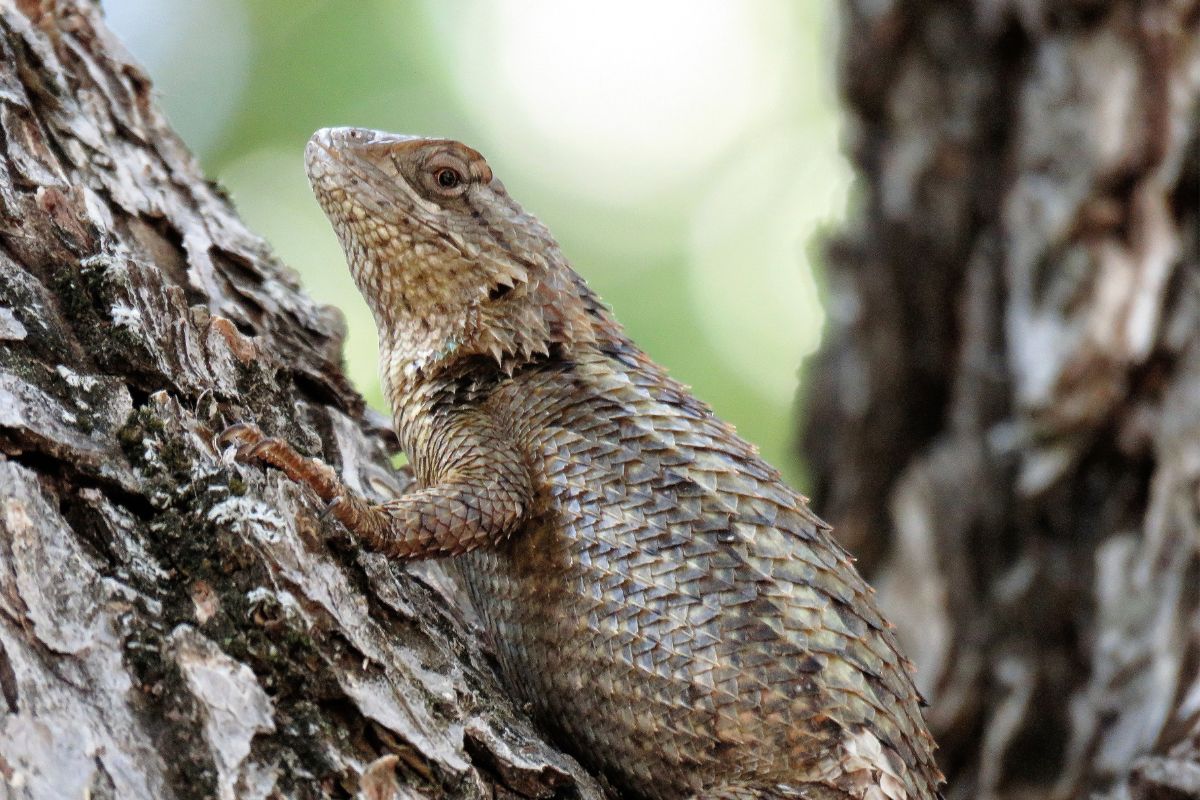
One animal that has suffered greatly from this destruction and infringement is the number one cause for concern to the Texas Horned Lizard.
This lizard is a protected species that isn’t allowed to be caught, sold, or bred if you don’t have a permit. However, are the efforts working to restore this lizard to its old hunting grounds, or is it another baseless promise made to us from those who have all the power?
The Texas Lizard Conservation
The Aims of Conservation
Conservation aims to protect nature, from the habitats to the animals. Conservation is typically done for species that are in decline, or are in danger of going on the decline.
In Texas, the Texas Horned Lizard is one animal that is being watched closely due to their dwindling numbers and habitat loss.
These lizards have been on the decline thanks to the astonishing amount of habitat loss due to the actions of people. However, there might be hope for these lizards thanks to conservation efforts on a number of fronts.
One of those efforts is the Texas Habitat Conservation Plan.
The Texas Habitat Conservation Plan
This conservation plan was signed in April 2012 with the Texas Comptroller of Public Accounts. The aim of this plan was to, obviously, conserve the Texas Horned Lizard and their habitat. However, there have been a number of issues with this plan from the get go.
The first issue is that there is no plan for how landowners will actually protect the lizards from things like gas and oil development or even off-road vehicle use.
As you can imagine, there are things that can easily kill these small lizards. Because there are no plans in place to deal with these issues, it is very likely that the plan will do little to help the conservation of these lizards.
More Damage is Being Done
At first glance, the Texas Habitat Conservation Plan was promising. However, ever since the plan was launched, it has been reported that not even one acre of protected habitat has been disturbed.
These reports came monthly, and it didn’t take long before suspicion arose. On a monthly basis, it was claimed that all 138,640 acres were being left untouched.
Of course, this was too good to be true, and it didn’t take long for that information to be blown apart. When some investigating was done by the Defenders, it was found that we were all being lied to.
Aerial images were studied to get a true idea of what was happening on this so-called protected land.
Images taken of the land immediately after the plan began, along with images four months and thirteen months in, were analyzed to see what was really happening.
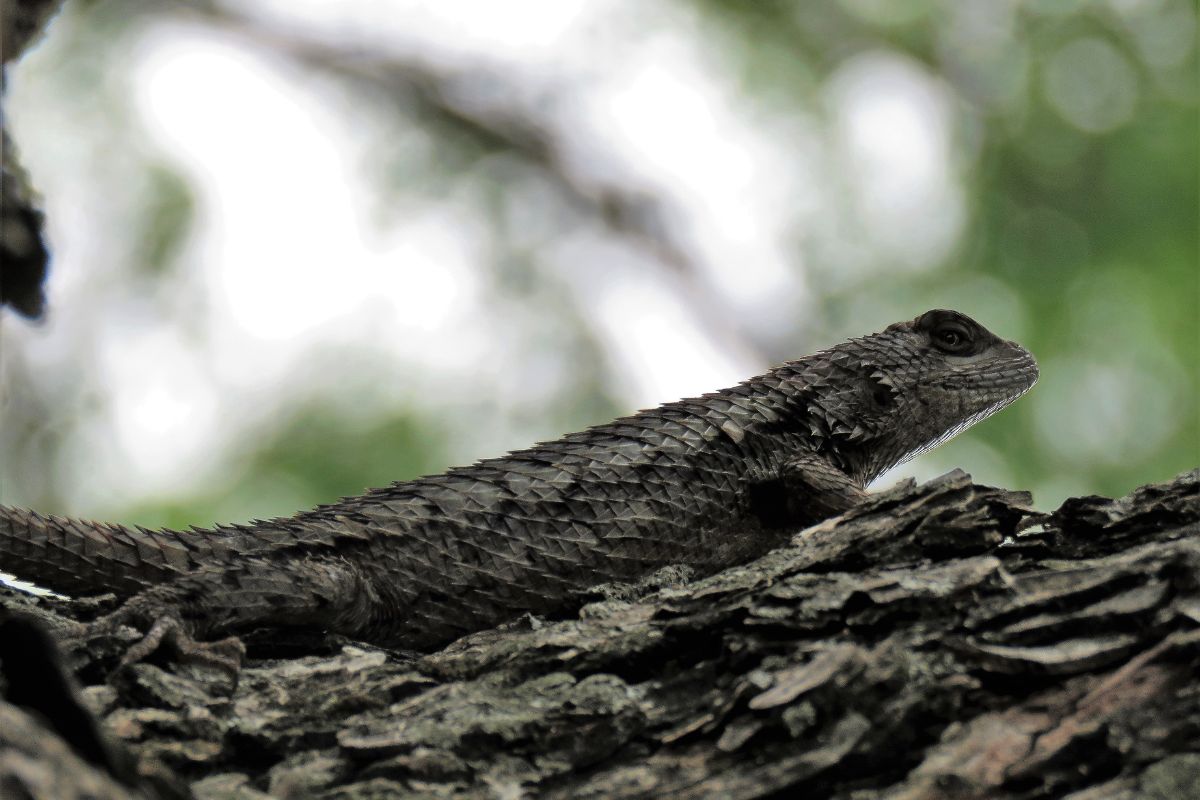
The results? You won’t be surprised to learn that there were a number of instances of habitat destruction. Of course, the Comptroller was actually required to report this destruction of habitat to the Service, but they never did.
The aerial image analysis showed that there were new land clearings, dirt roads and oil drilling sprawled across the land.
If you want to see the in-depth reports of the findings from the analysis, you can check them out here and here by downloading the PDF.
How Did They Get Away With Drilling More Oil Pads?
Now, you’re probably wondering how they’ve managed to get away with this. Well, the truth is incredibly disappointing. Firstly, you can check out this website, which collects Texas gas and oil permitting information.
This will give you an idea of how active they are in this country alone. There are a number of dots that appear on top of the well pads identified via the aerial images, as well as some that don’t exist according to the Comptroller.
How does the Comptroller keep track of all this? The Texas Habitat Conservation Foundation, a non-profit organization, was created.
This foundation was made to report this kind of information directly to the Comptroller and also administer various other critical parts of the whole Texas Plan, but guess what?
That foundation is actually directed solely by lobbyists from the Texas Oil and Gas Association.
Every time gas and oil developers disturb the habitat of the lizards, they are legally required to pay a fee, according to the Texas Plan. This would be to offset the impact of their habitat destruction. But if there are no disturbances reported, no fines have to be paid.
Because of this, the Texas Plan has no way to measure whether the Texas Horned Lizard population is actually protected. Damage has been done after the plan was put in place, and it has continued to happen.
A Summary
Because of the unreliable information that gets fed from one source to another, it’s impossible to trust plans and foundations put in place.
The fact remains that the Texas Horned Lizard is an animal that is suffering at our hands, and those who have the power to make a change are failing to do so.
However, that doesn’t mean that all hope is lost. There are other programs out there that are working hard to reintroduce these lizards to their old stomping grounds.
Zoos, such as the San Antonio Zoo, are working tirelessly to breed and release these lizards back into the wild. These lizards are being released onto private land, primarily ranches.
The release of these animals onto places like ranches means that they are much more likely to be in a safe area, where habitat destruction will not happen.
This conservation effort happening between zoos and a number of notable individuals is spreading. Because of this spread, more and more private ranch owners are stepping forward and want to take part in the coalition.
Because of this act of unity, the Texas Horned Lizard stands a good chance of thriving in the future.
- What Do Squirrels Eat? Learn About Their Diet and Winter Survival - October 14, 2024
- What Do Raccoons Eat? Discover Their Diet and Eating Habits - October 6, 2024
- What do foxes eat? - October 5, 2024

